Ruan Lingyu (阮玲玉) was one of the stars of Old Shanghai movies. Acting in silent movies her career brutaly stopped when she committed suicide in 1935.
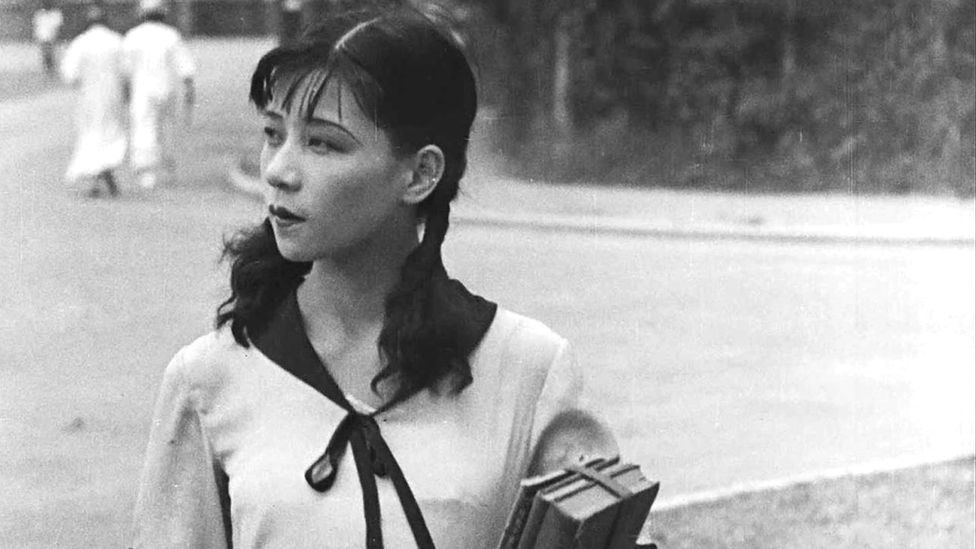
One of her main movies, “Love and Duty”(恋爱与义务)1931, was supposed to be lost until a full copy was found in Uruguay in the early 1990s. After restoration, the film was shown at Shanghai Film festival in 2014.
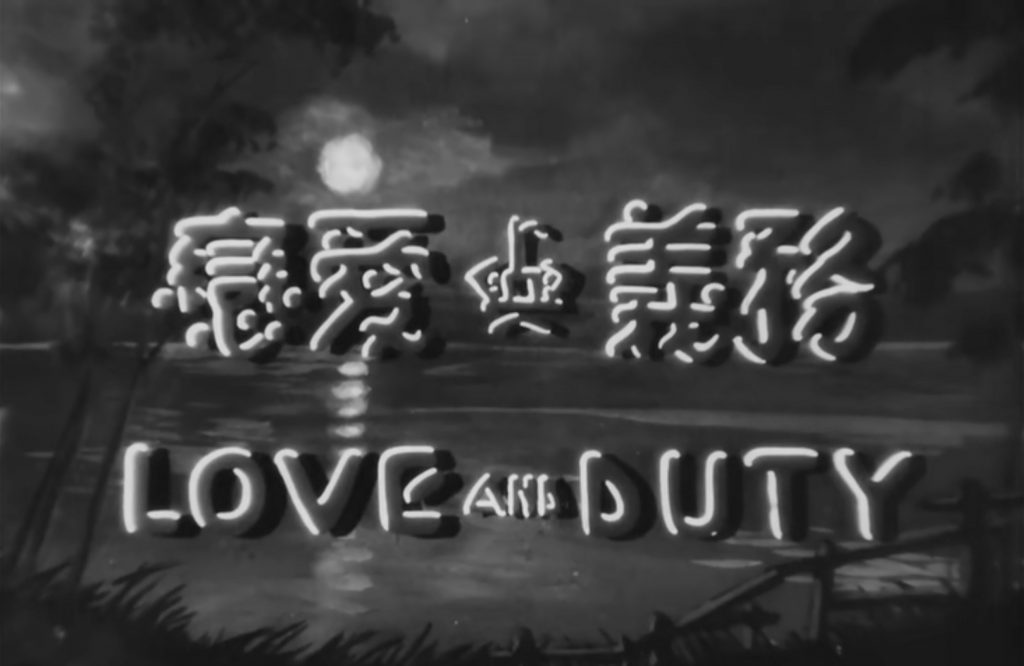
Love and Duty is a melodramatic movie about the terrible choice of a lady between her high school sweetheart and her husband and family. It is a silent movie, with all intertitles both in English and in Chinese as it was often the case then in Shanghai. The first part of the movie is taking place in the high level neighborhood. It gives a great look into the life of upper class Chinese people in Old Shanghai. I have read many books about it (including ‘Remembering Shanghai“), or seen modern movies (see post “Shanghai the movie“) as well as tv series taking place in Old Shanghai. However, seeing a real movie from the area depicting the real life of people is amazing.
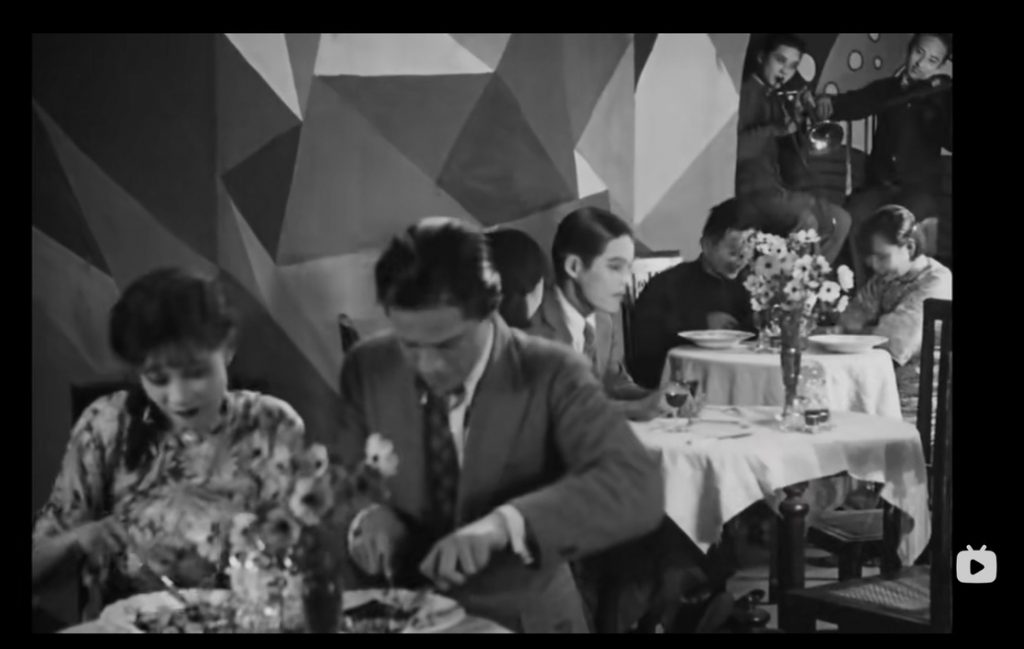
The restaurant scene in the movie is stunning. This is taking place in the early 1930’s. A couple in love goes for a date in a western restaurant, eating with fork and knife, drinking (imported) red wine (a few images before), while listening to Jazz music with Art Deco back ground. When I came to Shanghai about 20 years, this kind of scene was not so common in the city and very rare out of Shanghai. A place like legendary M on the Bund, opened only in 2002. It was really difficult to imagine that 1930s Shanghai was already so modern and westernised.
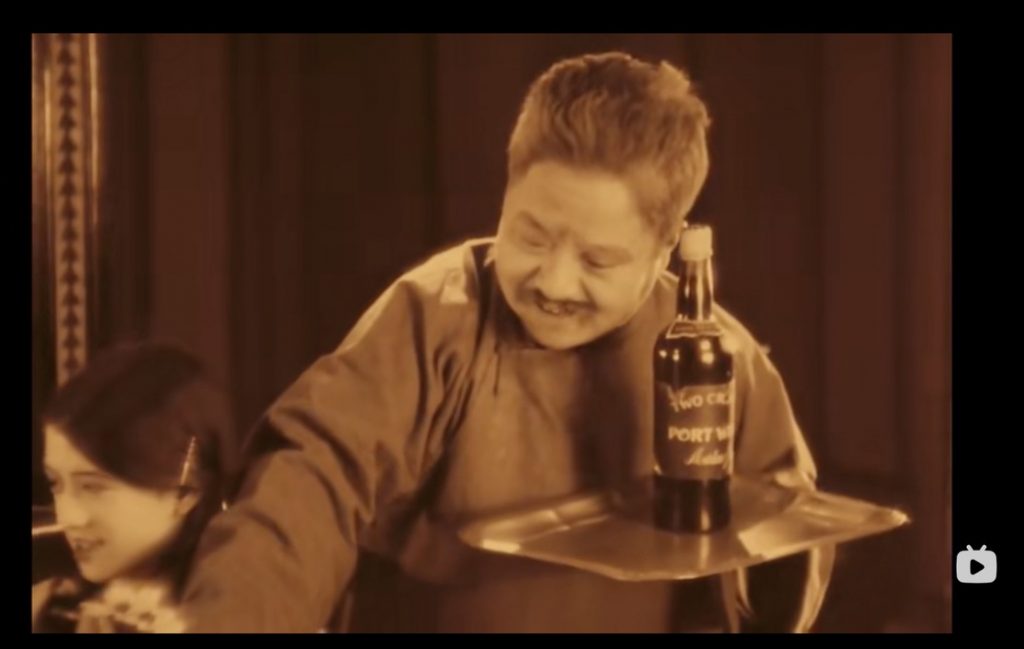
Just like today, imported drinks were readily available and consumed.
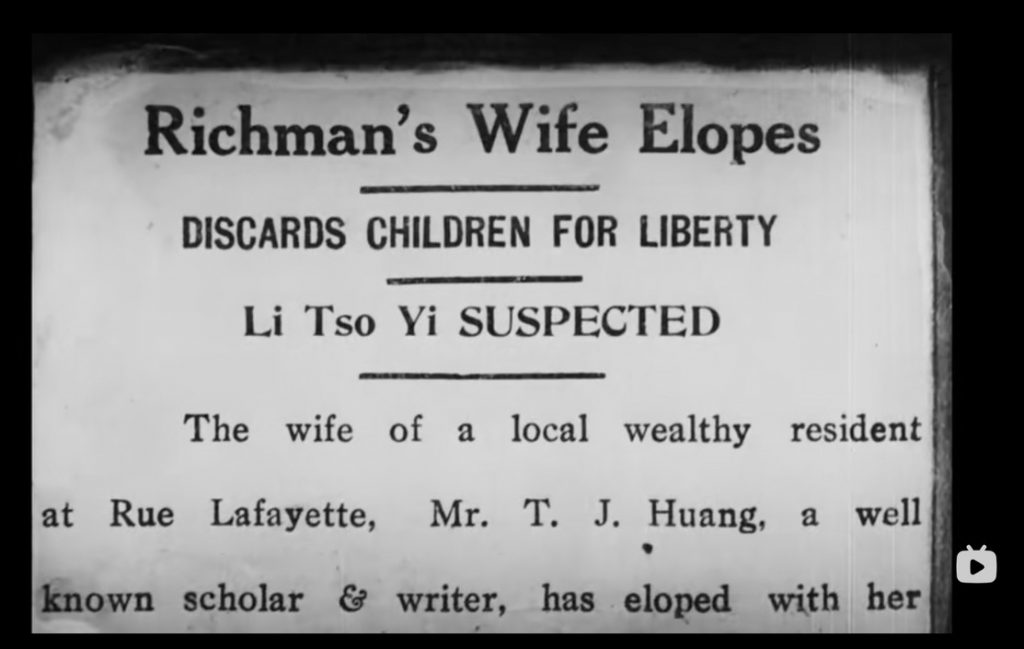
The former French Concession was clearly then one of the desired place to live. Above image is newspaper article read in the movie (first in Chinese, then in English), clearly mentionning Rue Lafayette (today Fuxing Lu) as a place of living for “a local wealthy resident”.
On the top of intertitles in Chinese and English, signage shown in the background is always bilingual, as it was surely usual in Shanghai then. A large part of the movie takes place in Shanghai city. Although it is not mentionned, it is either in the International Settlement or in the French Concession. I am working on a specific post will be dedicated to film locations.
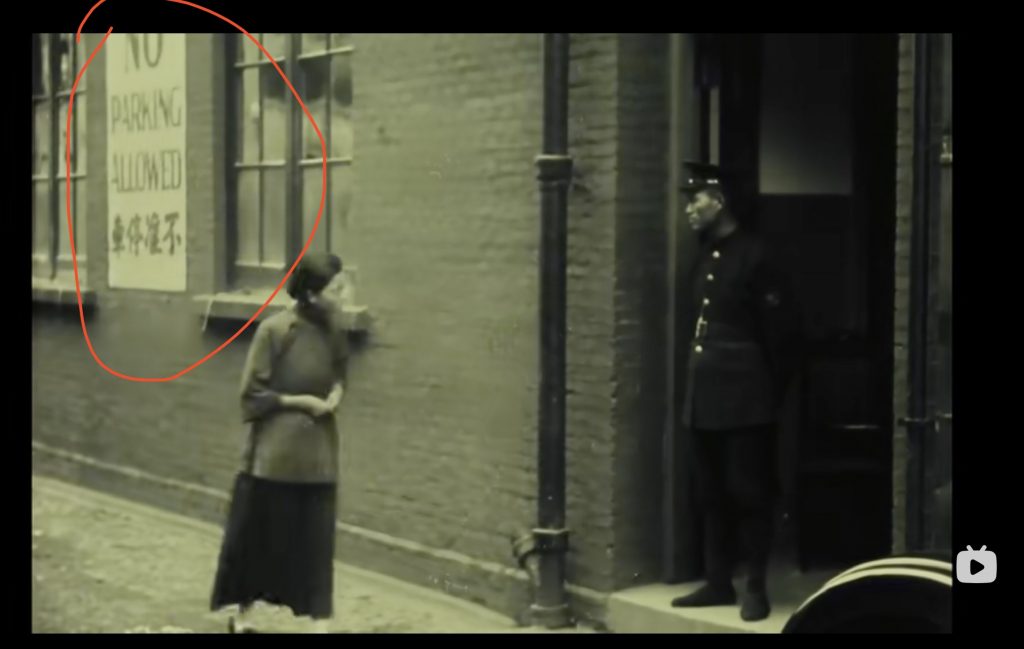
Cars were a luxury items but private cars and taxis were readily available for the upper part of the society. Old movies from the 1920 or 1930’s Shanghai ( see Old Shanghai short movie) often shows the busy streets of the international settlements. Some of the scenes are filmed along plane tree planted road that were surely located in the former French Concession. I have never seen this kind of pictures before. There are a few scenes of 1920s modernity with cars, including one with road work (!) as seen below.
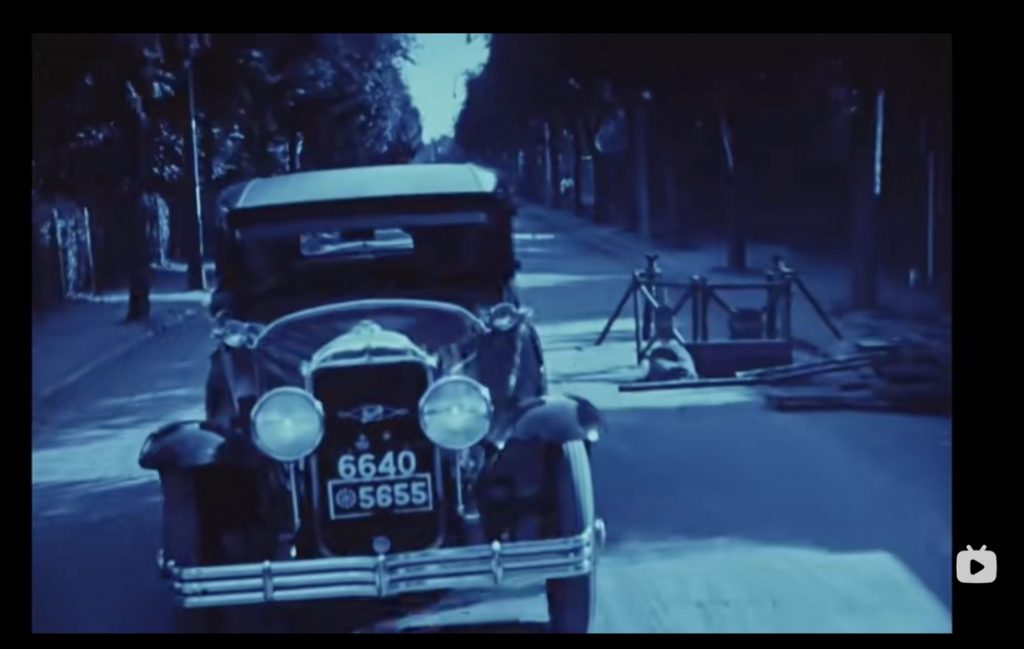
The last piece that I thought really showed that Shanghai was a very modern city is the hero scene. The main male characters reads a novel, called the hero. Then he dreams that he is saving his beloved after a pirate style sword fight.

This scene is very strongly inspired by some Hollywood movie scene from the period. Sword fight movies, also called swashnucklers, were really fashionnable at that time. The Hollywood start of the genre was Douglas Fairbanks, with movies including “The mark of Zorro” (1920) and “The three musketers” (1921). “The black pirate”(1926) clearly influenced the movie as seen in this sword fight scene. Hollywood movies were very popular in Shanghai. Douglas Fairbanks arctually visited Shanghai and stayed at the Majestic Hotel. The success of Hollywood moviedhelped to make the Spanish colonial revial architectural style popular in Shanghai (See post “Spanish revival architecture” for more details) as well as Art Deco. Hollywood movies also strongly inspired the local production, turning Shanghai into a little Hollywood in Asia.
For a look into actual film location of the movie “Love and Duty”, please go to post “Love and Duty (part 2)“. Before being a successful movie, “Love and Duty” was first a book written by mysterious author Horose. For more details, please follow the link “Love and duty, the book“.
Very interesting! Thank you!